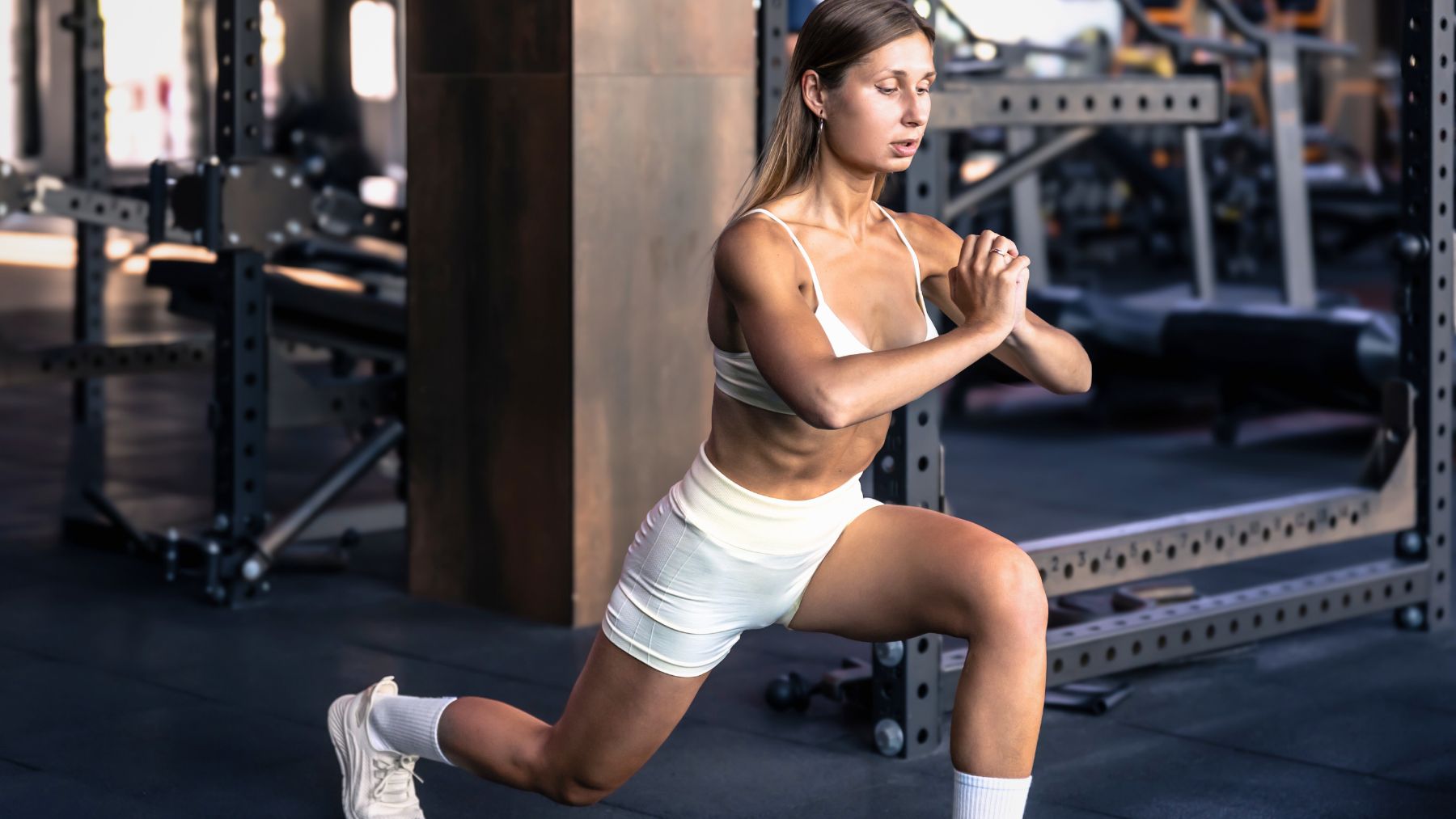According to fitness expert Stewart Parnacott, PhD CPT, the ability to perform five specific exercises with good form after age 45 is a strong sign your body is staying young on the inside and out. These movements help you preserve strength, coordination, and mobility so you can move well for decades.
Over time, many people might notice subtle declines—stairs feel steeper, balance is harder to maintain, and getting up from the floor takes more effort. Parnacott explains that keeping your muscles and nervous system working together is key to slowing, and even reversing, these changes. Here, we’ll break down the five movements he recommends and how they can help you stay strong, steady, and active well into your later years.
The five exercises that keep you moving after 45
Parnacott emphasizes compound exercises that challenge multiple muscle groups at once. These mimic real-life activities, fire up the nervous system, and keep the whole body working as one. Mastering them after 45 means your strength, stability, and coordination are aging at a much slower pace.
1. Pull-up
Often seen as a test of upper body strength, the pull-up also reveals how well your core and back muscles work together. Strong lats, shoulders, and grip can help protect posture and reduce strain on the spine. Start with assisted pull-ups or resistance bands if needed, focusing on the full range of motion and controlled lowering. Over time, it can help counter the rounded shoulders and weak back muscles.
2. Full squat
Parnacott says the squat is one of the hardest exercises for people past 45, largely due to years of sitting, tight hips, and weaker glutes. A deep, controlled squat shows that your lower body is mobile, stable, and strong enough to handle daily demands like lifting, bending, and climbing stairs. Practicing regularly can improve ankle flexibility, hip mobility, and balance, all key to avoiding falls and staying independent.
3. Farmer’s walk
This simple-looking move is a powerhouse for grip strength, shoulder stability, and core control. Holding heavy weights at your sides while walking forces the entire body to stabilize under load. Parnacott says it’s a reliable test of how well the body coordinates under stress, which is essential for carrying groceries, moving furniture, or handling any heavy load safely.
4. Push-up
Push-ups measure upper body strength and core stability at the same time. From chest and shoulders to abs and glutes, nearly every major muscle group is involved. They also highlight how well you can control your body weight, a skill that often declines with age but is critical for maintaining independence.
5. Deadlift
The deadlift’s hip-hinge pattern targets the glutes, hamstrings, and lower back while training safe lifting mechanics. Parnacott uses it to assess how well someone can protect their spine when bending and lifting. Done correctly, it strengthens the muscles that support posture, reduces back pain risk, and makes everyday tasks easier.
Including these movements in your routine keeps your nervous system sharp, your joints mobile, and your confidence in motion high. As Parnacott says, “if you can squat, hinge, push, pull, and carry, life gets easier”.
